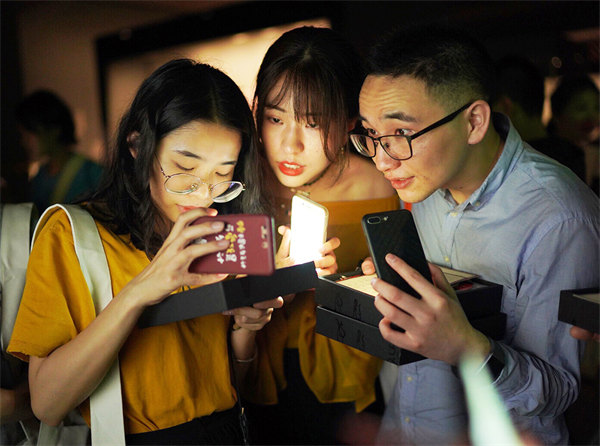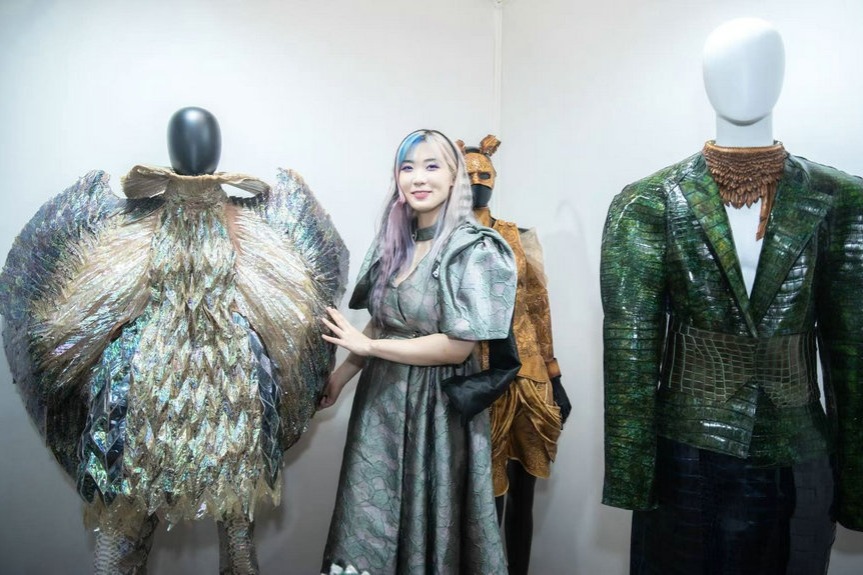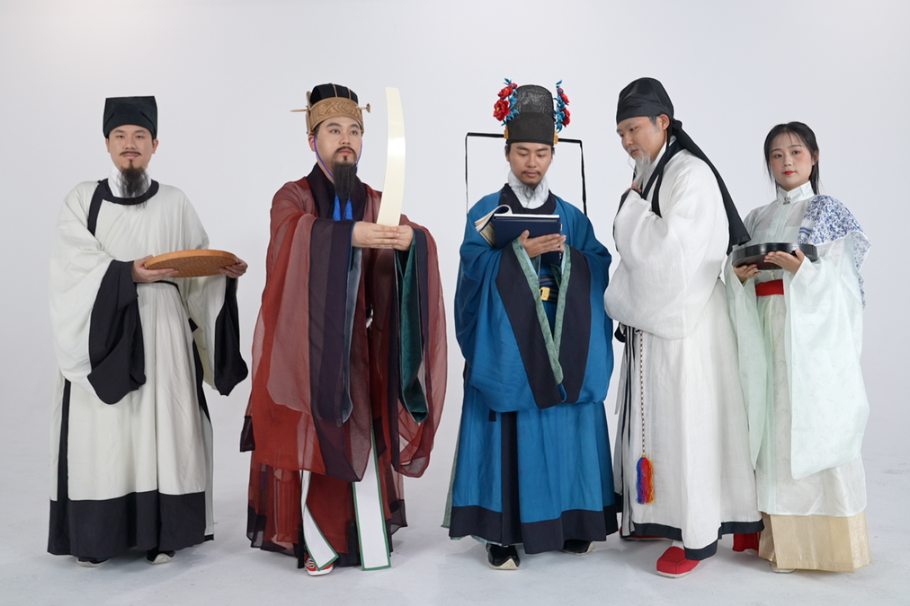Games bring ancient texts to life


Past comes alive
On May 18, 2019, to mark International Museum Day, Dai's team launched their first interactive game at an exhibition dedicated to the Mawangdui Han Tombs at the Hunan Museum.
As part of the exhibition, a special evening session was held, drawing around 500 participants for a two-hour adventure.
"We spent six months preparing for this debut," Dai recalled.
The team, composed of members with expertise in literature and history, worked closely with museum staff to ensure that every detail was both historically accurate and engaging.
"The most time-consuming part of designing a game is usually the research phase, which can take several months, but it's essential to deliver an experience that's not only entertaining but also informative," explained Chen Jingkun, 29, who joined the team in 2019 with a background in history.
Chen emphasized the importance of balancing academic rigor with accessible, captivating gameplay.
For example, when designing a game centered on ancient texts, the team drew on the Bencao Gangmu (Compendium of Materia Medica), the famous medical encyclopedia written by Ming Dynasty (1368-1644) herbalist Li Shizhen.
"The descriptions of herbal properties can be quite technical for general audiences," Chen explained. "So instead of diving into complex classical content, we focused on more approachable elements — like the shapes of herb leaves — for the puzzle design."
One such clue was Artemisia annua, a traditional Chinese herb chosen to resonate with modern audiences — especially those familiar with Nobel laureate Tu Youyou, who discovered artemisinin — a groundbreaking treatment for malaria — derived from this plant.
Designing these games requires meticulous planning and can take months or even years.
Chen recalled one of their most intricate projects, based on Dunhuang culture, which took nearly two years to complete due to the extensive research involved.
"Each game we design reflects the unique character of the museum it's created for," said Wang Mingchun, 32, one of the puzzle designers.
In a collaboration with the Fujian Provincial Archives, the team developed a game centered around "qiaopi" — a term in the Min dialect referring to remittances and family letters sent by overseas Chinese through unofficial channels. These letters offer rare historical insights into the lives of Chinese migrants during turbulent times.
"To prevent their messages from being intercepted, these letters were written using unique encryption methods," Wang said. "We wove these techniques into the game's puzzles to enhance the experience."
Wang also emphasizes the importance of connecting puzzles with real artifacts to create an immersive atmosphere.
In one of his current projects, for example, players use specially designed cards to frame artifacts and uncover clues by viewing them from different angles — encouraging a deeper, more interactive exploration of the exhibition.
"The game helps players observe the artifacts from a comprehensive perspective, making learning about their history both enjoyable and insightful," Wang said.
In 2023, the team began integrating cutting-edge technologies such as augmented reality (AR), virtual reality (VR), and mixed reality (MR) into their designs.
One game, set at the Huangsipu Ruins in Jiangsu province, allows players to move between the physical and virtual worlds to solve puzzles, creating a truly novel journey.
"Before launching a game, we conduct at least three rounds of field testing to refine it," Chen explained. These tests gather feedback from exhibition planners, museum staff, and experienced players to ensure a well-rounded and polished final product.
"We aim to deliver an engaging experience of evidence gathering and puzzle-solving while maintaining a smooth flow and avoiding disruptions to other visitors," Chen added.




































